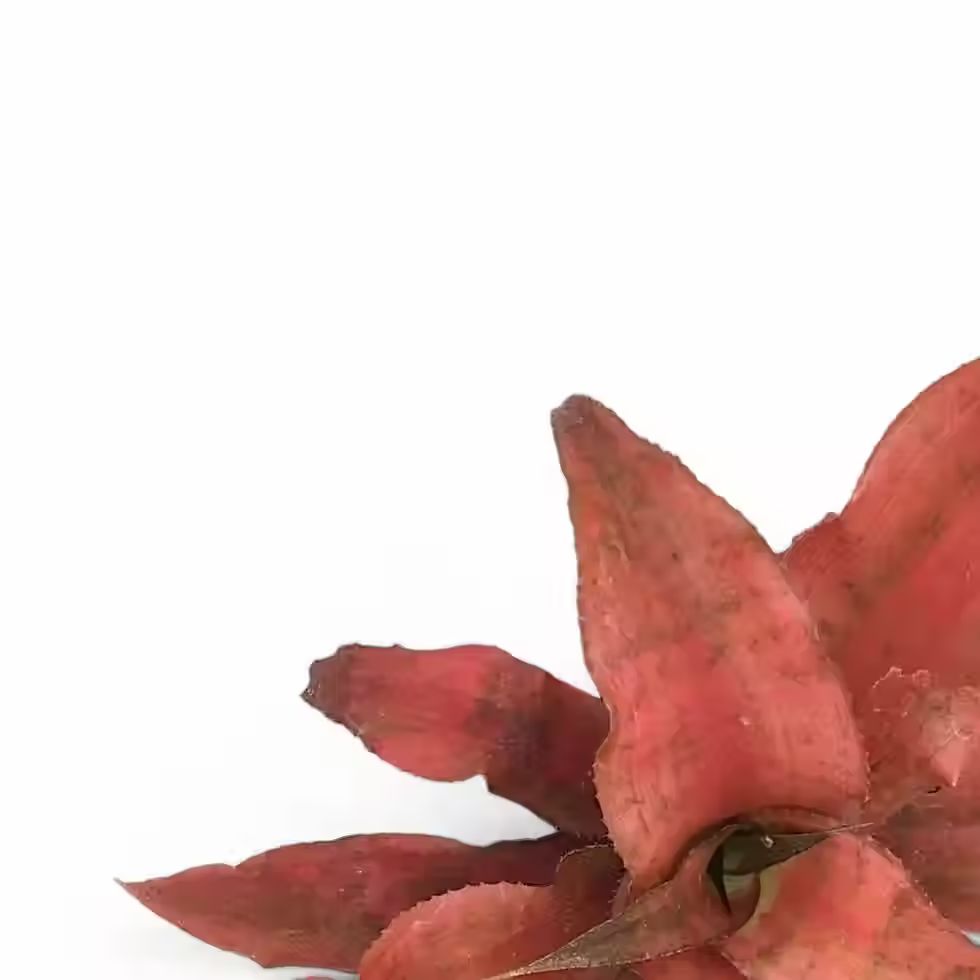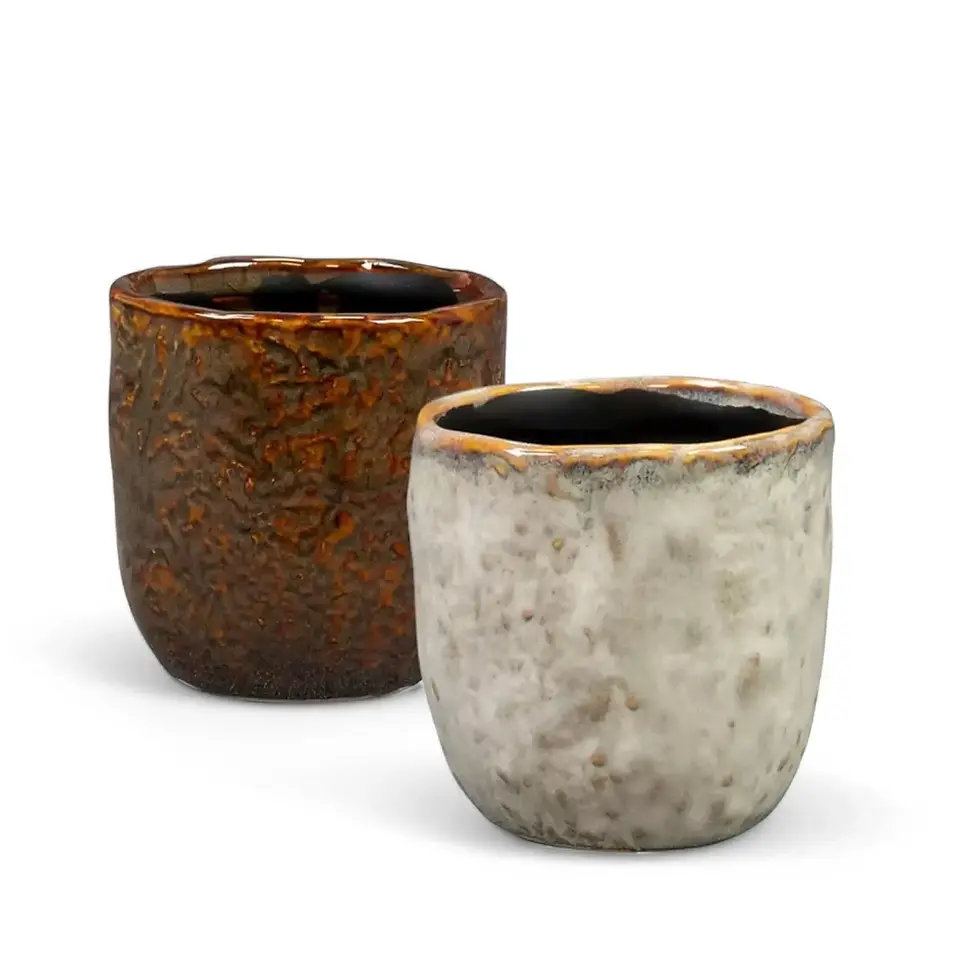Leptochilus pteropus subsp. pteropus – Aquatic Fern with Floating Elegance
Leptochilus pteropus subsp. pteropus, also known under its older name Microsorum pteropus, is a highly adaptable aquatic fern native to Southeast Asia. Commonly referred to as “Java fern,” this subspecies is best known for its dark green, lance-shaped fronds that grow from a creeping rhizome. It thrives when attached to rocks or wood rather than planted in substrate, making it an excellent choice for aquascaping or paludarium setups. Its slow, steady growth and ability to adapt to low light and varied water conditions make it a favourite for both beginner and advanced aquatic plant keepers.
Leaf Shape and Aquatic Growth of Leptochilus pteropus
- Frond type: Long, narrow, and arching with smooth or slightly ruffled edges
- Colour: Rich to dark green; brighter under strong light
- Rhizome: Thick, creeping, and best grown above substrate
- Growth habit: Clumping, spreading slowly via horizontal rhizomes
- Size: Fronds can reach 15–30 cm in length under ideal submerged conditions
Natural Range and Ecological Context of Leptochilus pteropus
Leptochilus pteropus is native to freshwater rivers, stream margins, and flooded forest areas in Thailand, Malaysia, Indonesia, and Vietnam. It grows both submerged and emersed, often clinging to driftwood or rocks in shaded, slow-moving waters. Temperatures in these habitats range from 22–28 °C, with low to medium light levels and high humidity. This subspecies is tolerant of a wide pH range and can grow in aquariums with or without CO₂ supplementation, though it does not tolerate being buried in substrate.
Leptochilus pteropus is non-toxic and safe for aquatic life, making it ideal for tanks with fish, shrimp, and snails.
How to Care for Leptochilus pteropus in Aquatic Setups
- Light: Low to medium indirect light; too much light may trigger algae
- Water parameters: Tolerates soft to moderately hard water; pH 6.0–7.5
- Water temperature: Best at 22–28 °C; stable temps support strong growth
- Placement: Attach to wood, stone, or lava rock with thread or glue—don’t bury the rhizome
- Fertilising: Benefits from occasional liquid aquarium fertiliser, but not essential
- CO₂: Not required but may accelerate growth and deepen leaf colour
- Propagation: By dividing the rhizome or via adventitious plantlets on mature fronds
- Pruning: Trim damaged or overly old fronds to promote new growth
- Substrate: None needed—rhizome should always remain exposed to water flow
Typical Problems with Leptochilus pteropus
- Yellowing leaves: Often due to nutrient deficiency—add mild liquid fertiliser
- Rhizome rot: Caused by planting it into substrate—keep it exposed above ground
- Algae growth: Manage light duration and avoid nutrient imbalance
- Black spots on fronds: Often mistaken for disease—these are spore-producing structures and are normal
- Slow growth: Natural for this species—don’t over-fertilise to force faster development
Additional Notes on Leptochilus pteropus Subsp. pteropus
This plant’s slow, deliberate pace makes it ideal for balanced aquascapes where low maintenance is a priority. Leptochilus pteropus doesn’t require frequent trimming and integrates well with driftwood-based layouts. It’s ideal for shrimp tanks, betta habitats, and low-tech community aquariums. To recreate its native environment, focus on soft lighting, flowing water, and attaching the rhizome above substrate to ensure it thrives long-term.
Etymology and Botanical Classification of Leptochilus pteropus
Leptochilus is from Greek “leptos” (thin) and “cheilos” (lip), referring to the slender sporangial structures of the genus. The species name pteropus means “winged foot” in Greek, describing the bat-like form of the fronds. Formerly classified as Microsorum pteropus, this species has been moved to Leptochilus in recent botanical updates based on morphological and genetic studies.
FAQs about Leptochilus pteropus
- Can it grow fully emersed?
Yes—it can be grown above water in high-humidity setups like paludariums or ripariums. - Is CO₂ injection necessary?
No—this fern thrives in low-tech setups and doesn’t require additional CO₂. - How long does it take to attach to wood?
Usually 2–4 weeks; tie or glue it down until the rhizome naturally grips the surface.
Buy Leptochilus pteropus subsp. pteropus Now
Easy, elegant, and endlessly adaptable—Leptochilus pteropus is the perfect aquatic fern for beginner tanks or mature aquascapes. Order now and give your aquarium a natural, low-maintenance upgrade.
Leptochilus pteropus subsp. pteropus
Leptochilus pteropus subsp. pteropus comes in a ⌀ 6 cm pot and is approximately 8 cm tall

























































